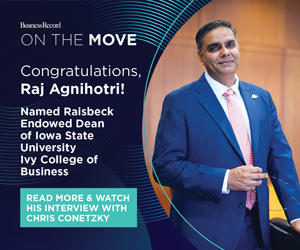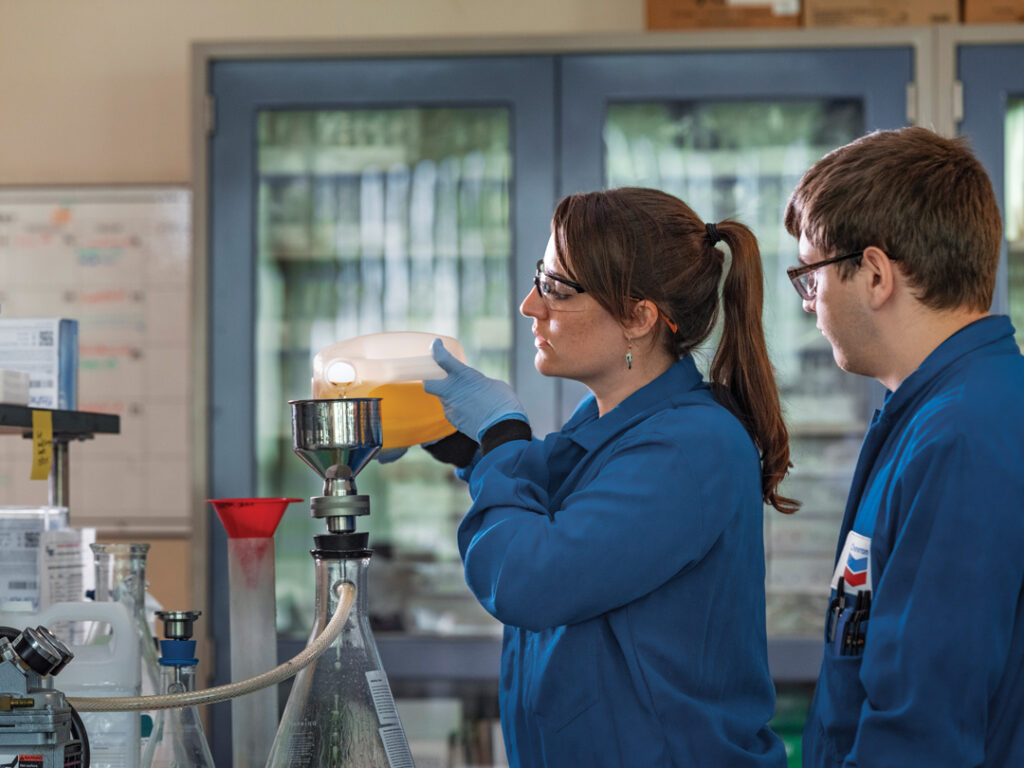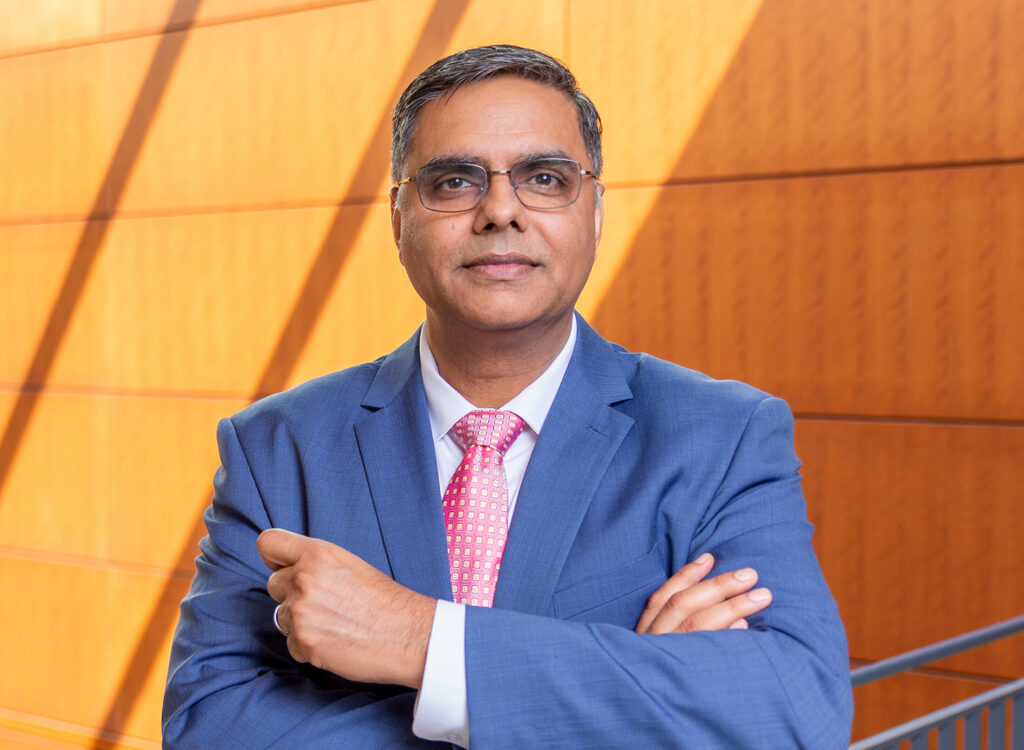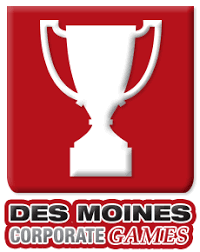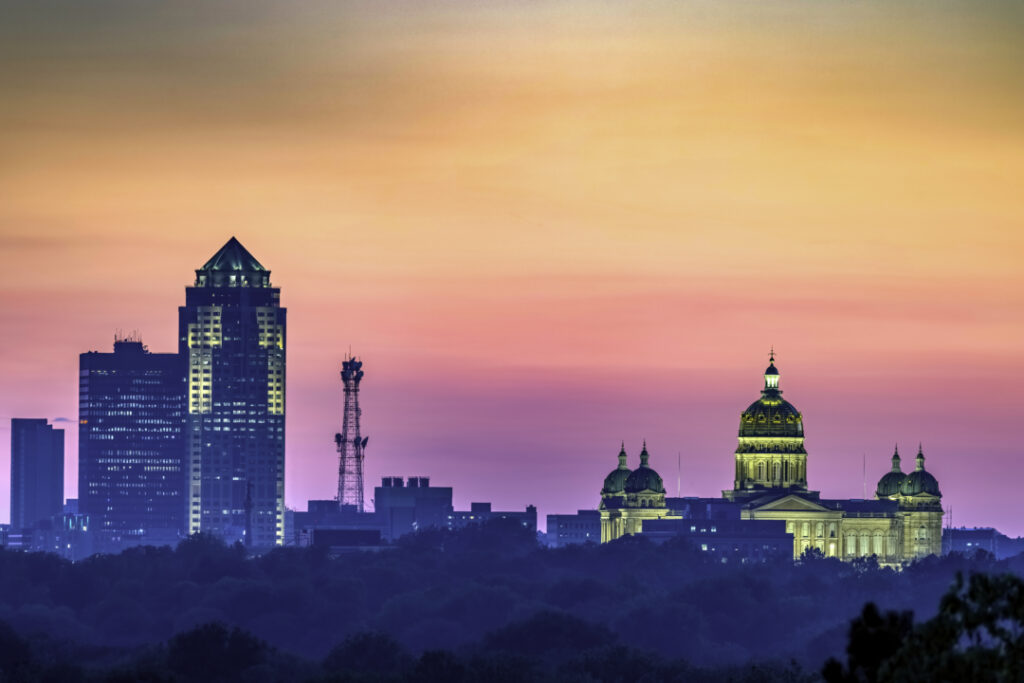Closer Look: Chris Kramer

PERRY BEEMAN Mar 27, 2019 | 4:57 pm
5 min read time
1,111 wordsArts and Culture, Business Record InsiderChris Kramer in January officially became director of the Iowa Department of Cultural Affairs, which she had served for years as its acting director and deputy director.
She says she’s always been into the arts, especially music. She studied business administration and marketing at what is now the University of Nebraska at Kearney, good training to run a department that promotes the arts, and shares Iowa’s history by running the State Historical Museum and its mobile programs around the state.
“I’ve always been very mission-driven in all of the positions I’ve had,” said Kramer, who became deputy director in 2011 and acting director in 2017. She also worked for 12 years as vice president of development at the Science Center of Iowa, where she managed a $62 million capital campaign for the new facility that opened in 2005. The Department of Cultural Affairs has 50 employees and a $12 million operating budget.
We talked to Kramer about her new role, which includes working with representatives of the National Endowment for the Arts and the National Park Service.
What does the Iowa Department of Cultural Affairs do?
We’re dedicated to developing culturally vibrant communities through arts, film and media, history, and historical preservation. We are there to represent and be a catalyst for the creative economy. There are more than 40,000 people who work in Iowa in the creative industries. The U.S. Bureau of Economic Analysis reports that arts and cultural production are a $3.7 billion financial boost for Iowa, accounting for 2.1 percent of its economy, contributing 41,337 jobs in the creative sector in 5,000 arts-related businesses. Iowa’s creative economy is impressive despite its No. 43 ranking in terms of annual per capita state funding for the arts [39 cents].
What attracted you to this job?
One of the most important things to me right now in taking this position is being at the table for important discussions and making sure arts and culture and quality-of-life initiatives are being represented in the development of new initiatives. I think that also helps us as we’re trying to reshape our image. We need to attract people to our state and have it be perceived as a cool place to live for young people and for empty nesters who are looking for a place to relocate — we have a lot to offer. Our downtowns are vibrant. Our small towns have a lot of interesting things going on from an arts and culture and historical perspective. Interesting things to do. Live music. Stage performances.
How significant is all of this in the war for talent?
I think it really started for me at the Science Center. We were building a top attraction. We went from being this beloved small museum in the park behind the Art Center to a larger, world-class learning center. Our goals were pretty big. It was basically to launch the STEM [science, technology, engineering, math] network in Iowa and also to have a world-class place where people could learn more about science and how it [affects] their lives every day. We served more than a million people in our first two years through our programs [at the Science Center and elsewhere].
A lot of people have great ideas out there, and there are many nonprofits, but they also have to be financially stable and financially viable. It’s easier said than done. A lot of people think there are grants out there, they can get this done, but there also is a lot of competition out there. You have to have a good business model.
There is absolutely an economic development component to each one of those things. Whether you’re an arts and cultural organization, live performing arts or a museum, you’re trying to understand what your economic value is to your community. People need to be able to articulate that.
Are these efforts one way to save small Iowa towns?
Regardless of where you live, you want to have something to do in your off hours of work. So in the evenings and the weekends, you want to have something to do. And arts and culture are a big driver to that, whether it’s live music or some kind of a production over the weekend. We have hundreds and hundreds of museums, but it’s also about public parks and live, engaging performances going on in parks. That’s really what contributes to quality of life. Larger cities have lots going on, but actually a selling point for a lot of our small towns is that you can really engage with activities. It offers a new experience to somebody that they may or may not get in a larger city. Elkader, Iowa, for example, has literally hundreds of businesses in their downtown, and many of them are focused on creative elements. It’s a lot more affordable for people to live in a small town and start their business.
What other initiatives are you focused on now?
Creativity through the arts and media, film, historic preservation, historical programs. Education is really important to us also, and learning through the arts, lifelong learning. We have teaching arts in the schools. We also support out-of-classroom experiences that give people a greater awareness of everything from architecture and design, archiving, and working in museums. There are so many positions in media, whether you are writing scripts or behind the scenes in production or directing.
Is Iowa gaining in the arts?
We currently rank 43rd in the United States in state funding per capita at 39 cents invested per Iowan in the arts. That’s through the Iowa Arts Council. Investment in the arts can really have a huge impact. If we were able to give additional funding, we could give those dollars to a lot of organizations throughout the state, for arts educations and others.
How are you wired?
Those people who know me know that I like to do things with purpose. At the Science Center, it was very much about having a positive impact on children and youth education and engaging them in experiences outside of the classroom, so kind of helping them reach their potential. I am driven by accomplishment. On the staff, I have the great benefit of working with a tremendous professional team, and I empower them to do their jobs well. My job is to guide them and mentor them and to coach them so they can do their best work.
What do you do in your off time?
I still like to go and explore. I love to travel. Over the holidays, Dan and I took our family to Panama. We were able to explore another culture together.


